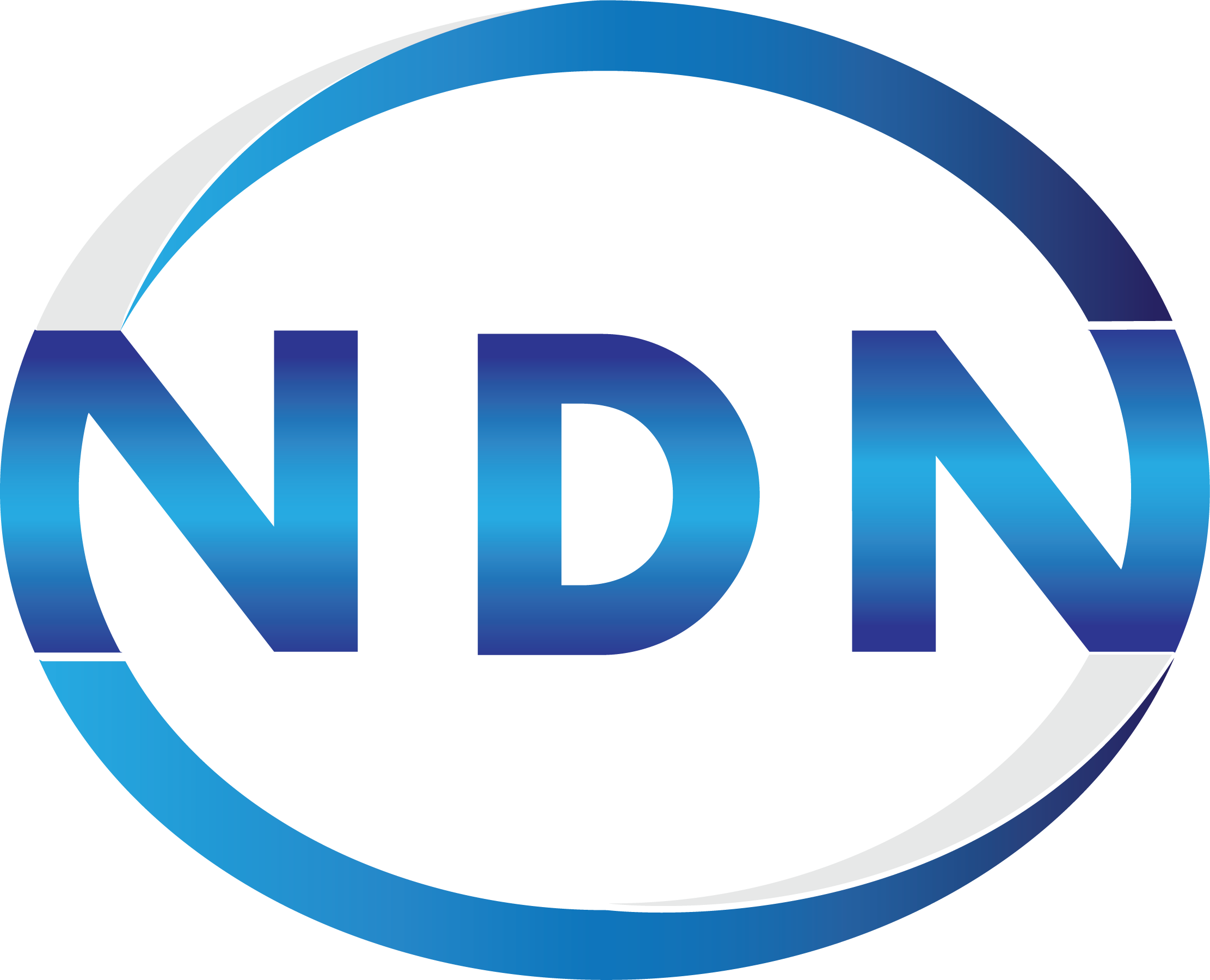Building on the foundational idea that rewards significantly influence motivation in gaming and other areas, it is essential to explore how intrinsic rewards serve as a catalyst for sustained engagement. While external incentives can spark initial interest, the true power lies in internal satisfaction—those feelings of mastery, autonomy, and purpose that keep individuals committed over the long haul.
Table of Contents
- Differentiating Intrinsic Rewards from Extrinsic Rewards
- Psychological Foundations of Intrinsic Motivation
- Designing Experiences That Cultivate Intrinsic Rewards
- The Role of Personal Growth and Self-Determination in Sustained Engagement
- Barriers to Intrinsic Motivation and How to Overcome Them
- Measuring and Enhancing Intrinsic Engagement Over Time
- Connecting Intrinsic Rewards Back to Broader Motivational Frameworks
Differentiating Intrinsic Rewards from Extrinsic Rewards
Understanding the distinction between intrinsic and extrinsic rewards is fundamental to designing strategies that foster long-term engagement. Extrinsic rewards are tangible incentives such as points, badges, or monetary bonuses provided from outside the individual. They often motivate immediate action but can diminish intrinsic interest if overused.
Conversely, intrinsic rewards originate from within the individual and are driven by personal satisfaction, curiosity, and a sense of achievement. For example, mastering a complex level in a game, solving a challenging problem, or feeling a sense of flow during a creative activity exemplify intrinsic motivation. These internal rewards foster a deeper, more resilient form of engagement that persists beyond external stimuli.
Research indicates that activities providing intrinsic rewards lead to sustained motivation because they satisfy core psychological needs, making the experience inherently rewarding rather than just a means to an external end.
Psychological Foundations of Intrinsic Motivation
The Self-Determination Theory (SDT), developed by Deci and Ryan, identifies three fundamental psychological needs that underpin intrinsic motivation: autonomy, competence, and relatedness.
- Autonomy: The feeling of volition and control over one’s actions. When individuals choose activities aligned with their interests and values, they experience greater intrinsic motivation.
- Competence: The sense of mastery and effectiveness. Overcoming challenges and improving skills reinforce internal satisfaction.
- Relatedness: The feeling of connection and belonging with others. Social bonds and collaborative environments enhance motivation by fulfilling the need for relatedness.
Fulfilling these needs creates a positive feedback loop—each contributes to internal satisfaction and fosters a resilient form of engagement that sustains motivation over time.
Designing Experiences That Cultivate Intrinsic Rewards
Creating environments that nurture curiosity, mastery, and purpose is essential. Effective strategies include:
- Fostering curiosity: Presenting open-ended problems and encouraging exploration stimulates intrinsic interest.
- Promoting mastery: Providing achievable challenges that allow skill development fosters a sense of competence.
- Highlighting purpose: Connecting activities to personal or societal goals increases meaningfulness.
For instance, in educational settings, project-based learning that emphasizes student choice and real-world relevance enhances intrinsic motivation. Similarly, in gaming, designing mechanics that reward skill progression and creative problem-solving encourages players to stay engaged for internal satisfaction rather than just external rewards.
It is crucial to avoid over-reliance on extrinsic incentives, which can undermine intrinsic interest. As Deci and Ryan’s research shows, excessive external rewards may shift focus away from personal mastery and purpose, leading to decreased engagement once rewards are removed.
The Role of Personal Growth and Self-Determination in Sustained Engagement
Intrinsic rewards align closely with individual values, goals, and a sense of purpose. When learners, workers, or gamers perceive their activities as meaningful and aligned with their identity, motivation deepens.
Encouraging reflection—such as journaling progress or setting personal goals—serves as a powerful mechanism for internal motivation. Tracking meaningful challenges and recognizing internal growth fosters a sense of autonomy and competence, reinforcing intrinsic engagement.
For example, professional development programs that emphasize personal mastery, self-assessment, and goal-setting tend to produce more sustained engagement than those solely driven by external rewards like bonuses or promotions.
Barriers to Intrinsic Motivation and How to Overcome Them
Common pitfalls include burnout, external pressures, and perceived irrelevance of activities. When external demands overshadow personal meaning, intrinsic motivation can erode.
Strategies to reinforce internal rewards include:
- Creating autonomy-supportive environments: Allowing choice and encouraging self-direction.
- Providing authentic challenges: Ensuring tasks are meaningful and aligned with personal interests.
- Reducing external pressures: Minimizing overemphasis on rewards that might undermine internal motivation.
“Fostering intrinsic motivation requires nurturing the internal environment, not just external incentives. When individuals find personal meaning and mastery, their engagement becomes resilient and self-sustaining.”
Measuring and Enhancing Intrinsic Engagement Over Time
Assessing intrinsic motivation can involve self-report questionnaires, behavioral observations, and performance metrics that emphasize mastery and personal relevance. Indicators include sustained effort, deep focus, and positive affect during activities.
Tools such as the Intrinsic Motivation Inventory (IMI) or the Self-Determination Scale provide insights into motivation quality. Continuous feedback and adaptive challenges help deepen intrinsic rewards, creating a cycle of ongoing engagement.
Connecting Intrinsic Rewards Back to Broader Motivational Frameworks
Intrinsic rewards do not operate in isolation. They complement external incentives within a holistic motivation model, enhancing overall engagement and resilience. When intrinsic motivation is nurtured, it fuels creativity, innovation, and sustained effort, especially during setbacks or long-term pursuits.
For example, in the gaming context discussed in How Rewards Amplify Motivation in Gaming and Beyond, players driven by internal satisfaction tend to invest more effort and persist longer than those motivated solely by external rewards. This illustrates how intrinsic rewards amplify motivation, fostering resilience and fostering a deeper connection to activities.
In summary, designing for intrinsic rewards is a strategic approach to unlock enduring engagement. It transforms motivation from fleeting to resilient, empowering individuals to pursue activities with passion and persistence, ultimately leading to sustained personal and professional growth.

No responses yet